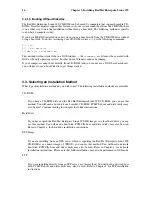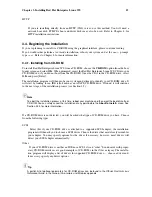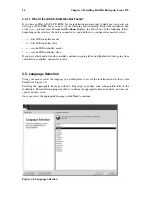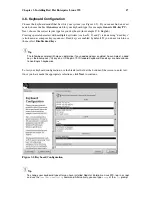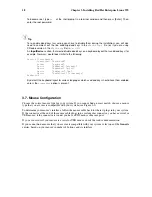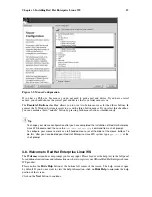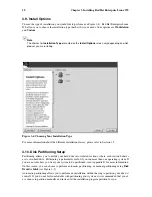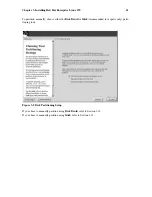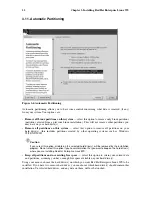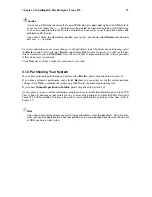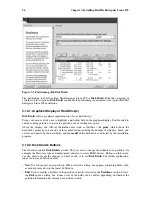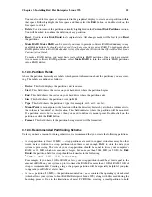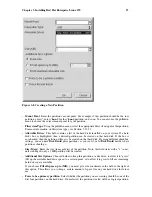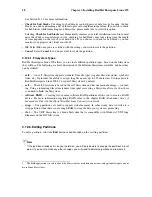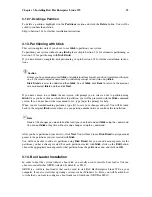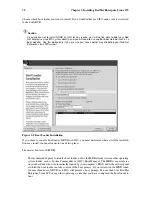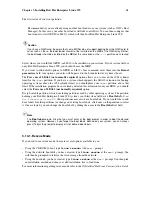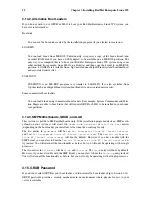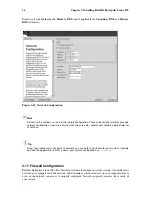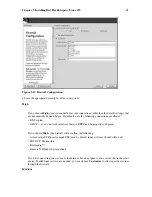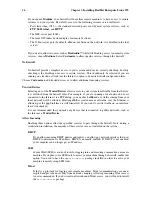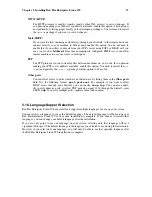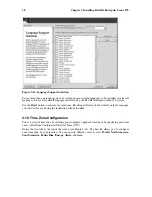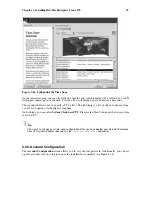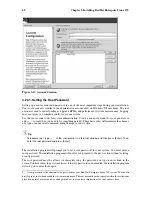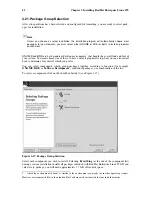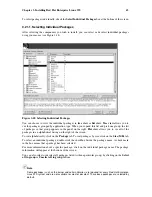
28
Chapter 3. Installing Red Hat Enterprise Linux WS
See Section D.1.3, for more information.
•
Check for bad blocks
: Checking for bad blocks can help prevent data loss by locating the bad
blocks on a drive and making a list of them to prevent using them in the future. If you wish to check
for bad blocks while formatting each filesystem, please make sure to select this option.
Selecting
Check for bad blocks
may dramatically increase your total installation time. Since most
newer hard drives are quite large in size, checking for bad blocks may take a long time; the length
of time depends on the size of your hard drive. If you choose to check for bad blocks, you can
monitor your progress on virtual console #6.
•
Ok
: Select
Ok
once you are satisfied with the settings and wish to create the partition.
•
Cancel
: Select
Cancel
if you do not want to create the partition.
3.12.5.1. Filesystem Types
Red Hat Enterprise Linux WS allows you to create different partition types, based on the filesystem
they will use. The following is a brief description of the different filesystems available, and how they
can be utilized.
•
ext2
— An ext2 filesystem supports standard Unix file types (regular files, directories, symbolic
links, etc). It provides the ability to assign long file names, up to 255 characters. Versions prior to
Red Hat Enterprise Linux WS 2.1 used ext2 filesystems by default.
•
ext3
— The ext3 filesystem is based on the ext2 filesystem and has one main advantage — journal-
ing. Using a journaling filesystem reduces time spent recovering a filesystem after a crash as there
is no need to
fsck
1
the filesystem.
•
software RAID
— Creating two or more software RAID partitions allows you to create a RAID
device. For more information regarding RAID, refer to the chapter
RAID (Redundant Array of
Independent Disks)
in the
Official Red Hat Linux Customization Guide
.
•
swap
— Swap partitions are used to support virtual memory. In other words, data is written to a
swap partition when there is not enough RAM to store the data your system is processing.
•
vfat
— The VFAT filesystem is a Linux filesystem that is compatible with Windows 95/NT long
filenames on the FAT filesystem.
3.12.6. Editing Partitions
To edit a partition, select the
Edit
button or double-click on the existing partition.
Note
If the partition already exists on your hard disk, you will only be able to change the partition’s mount
point. If you want to make any other changes, you will need to delete the partition and recreate it.
1. The
fsck
application is used to check the filesystem for metadata consistency and optionally repair one or
more Linux filesystems.
Содержание ENTERPRISE LINUX WS 2.1 -
Страница 1: ...Red Hat Enterprise Linux WS 2 1 Red Hat Enterprise Linux WS Installation Guide...
Страница 10: ......
Страница 18: ...8 Chapter 1 Steps to Get You Started...
Страница 72: ......
Страница 74: ...64 Appendix A Removing Red Hat Enterprise Linux WS...
Страница 86: ...76 Appendix C Troubleshooting Your Installation of Red Hat Enterprise Linux WS...
Страница 102: ...92 Appendix D An Introduction to Disk Partitions...
Страница 110: ......

